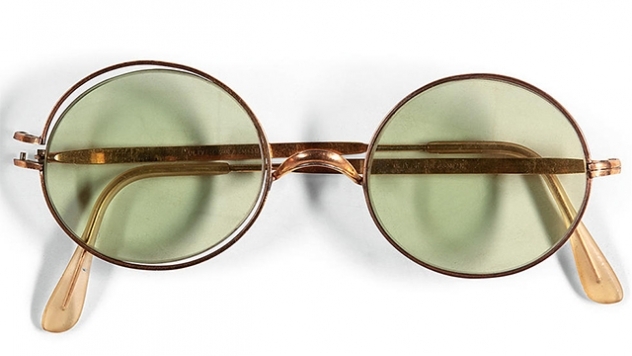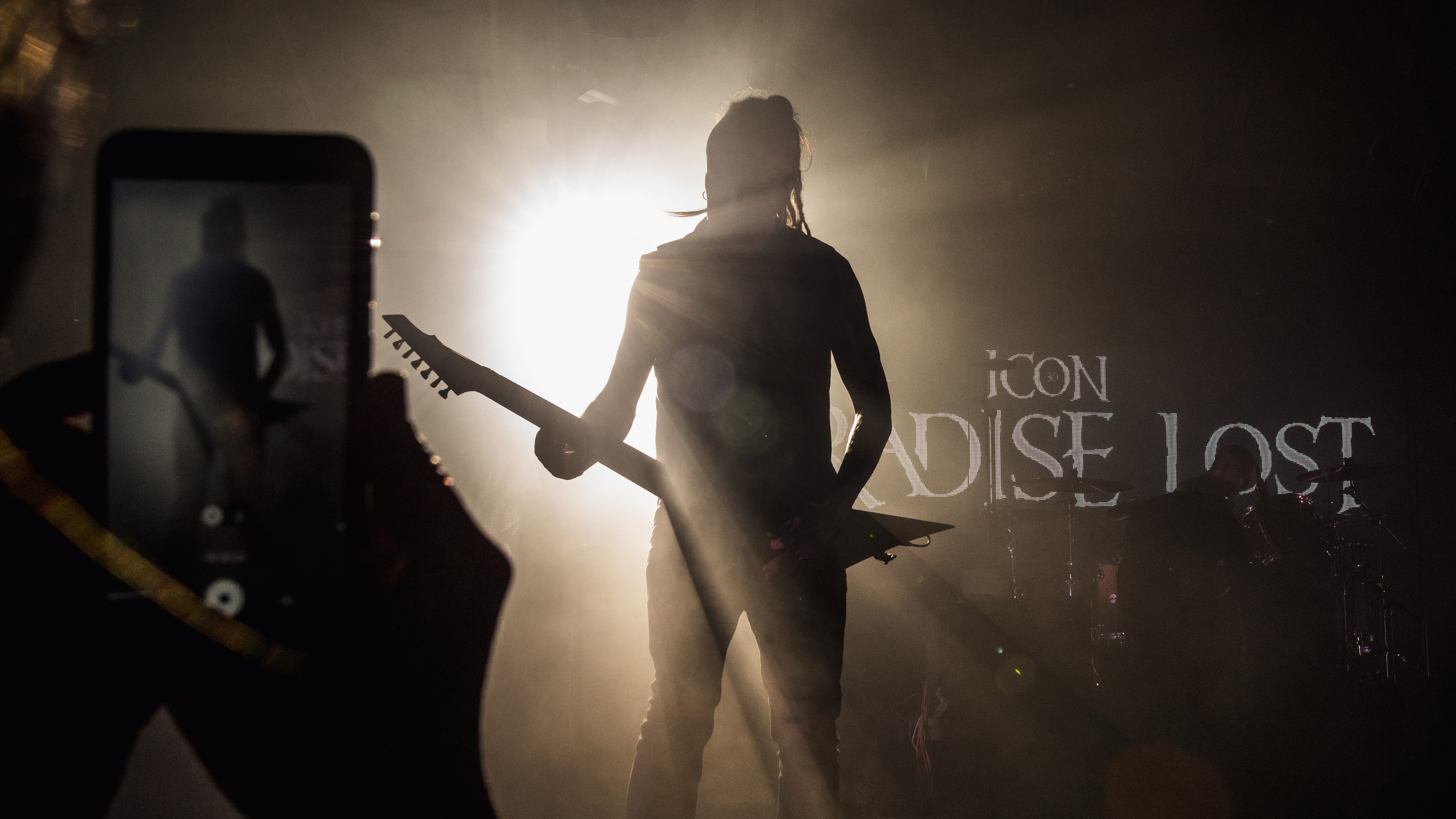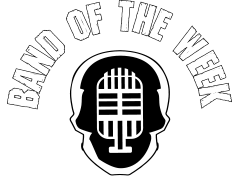BEATLES Chauffeur Sells ‘Iconic’ John Lennon Glasses
17 December 2019
A former BEATLES chauffeur recently sold a broken pair of John Lennon’s sunglasses for $184,000 at an auction.
Alan Herring had picked up the shades from the back of Ringo Starr’s car, which he was using to drive the band members around one day in the summer of 1968. One lens had fallen out of its frame and one leg was disconnected.
“I had picked John up with Ringo and George [Harrison] in Ringo’s Mercedes, and driven the boys into the office,” Herring wrote in a letter of proof. “When John got out of his car, I noticed that he’d left these sunglasses on the back seat and one lens and one arm had become disconnected. I asked John if he’d like me to get them fixed for him. He told me not to worry … they were just for the look. He said he’d send out for some that fit. I never did get them mended – I just kept them as they were, as John had left them.”
In the letter, Herring also explained that he began work with the BEATLES as a landscape contractor on Harrison’s estate in 1967, before the role expanded to include being a chauffeur, handyman and personal assistant. When Harrison left for India, he was told there might not be work for him for some time, so Starr hired him.
In the letter, Herring also explained that he began work with the BEATLES as a landscape contractor on Harrison’s estate in 1967, before the role expanded to include being a chauffeur, handyman and personal assistant. When Harrison left for India, he was told there might not be work for him for some time, so Starr hired him.
“From March 1968 until the end of November 1969, I was employed as Ringo’s chauffeur and then promoted to the role of Ringo’s personal assistant,” he explained. “Whilst working for George and Ringo, I attended most of the Beatles’ recording sessions at Abbey Road Studios for The Beatles White Album, Abbey Road and Let It Be. ... It was a very exciting time to be around.”
Sotheby’s described the auction lot as “gold-tone, wire-framed sunglasses by Oliver Goldsmith, round green-tinted lenses, with ‘Oliver Goldsmith’ engraved on each inner temple, nonprescription, lacking screw on one side resulting in loose temple, and lens -- minor scratching to lenses." The listing noted they were “the most iconic sunglasses in rock 'n' roll history.”
“In 1966, John Lennon was given a pair of round glasses to prepare for his role in Richard Lester's film How I Won the War," the description added. "Quickly they became synonymous with his image and later his name.”
Source: ultimateclassicrock.com
News
- VASKO RAYKOV's 'ALIEN 2112' SHOW is TODAY - kicks off at 4 pm
- VASSIL VARBANOV's TANGRA METAL SHOCK kicking off at 2 pm
- Two hot tracks enter the TANGRA TOP 40 chart - VOTE here
- TANGRA INTERVIEW - JEAN MAR
- MONY PANCHEV's ROCKENROLL radio show is today - kicks off at 4 pm
advertising

Tangra Top 40
- 1
 The Emptiness Machine
The Emptiness Machine
LINKIN PARK - 2A Fragile Thing
THE CURE - 3100 зъба
ONE DAY LESS - 4Без път в мрака
THE NIGHTWATCH - 5New Waters
ODD CREW
advertising




